Single-Course
English
5 ECTS
Fluvial and marine sediment transport

Overall Course Objectives
To enable the students to assess erosion and sedimentation problems in relation to engineering projects in rivers and along coasts
Learning Objectives
- Predict the conditions of incipient sediment motion and the subsequent development of bedforms (e.g. ripples, dunes, antidunes) within steady open channel flow, and quantitatively assess the changes in the flow resistance;
- Apply various bed load and longshore sediment transport formulas, and judge their applicability in a given physical situation;
- Calculate equilibrium channel characteristics and sediment grading within channel bends;
- Explain qualitatively the occurrence of meandering and braiding in rivers;
- Derive the governing equation for coastline development, and calculate erosion and deposition over time around simple coastal structures;
- Construct, apply, and interpret results from simple numerical models (in Matlab) for the calculation of bed and suspended sediment transport processes in currents and in waves;
- Identify and explain the importance of various contributions to cross-shore sediment transport.
- Write technical reports, to be submitted following written assignments.
Course Content
Basic concepts: critical bed shear stress, bed load transport and suspended load transport in current and in waves. Bed forms (dunes and sand waves) and their significance for the flow resistance and sediment transport. Large scale morphology in rivers (meandering and braiding). Long- and cross-shore wave-induced currents. Sediment transport along coasts. Coastal morphology (bars, rip channels, coastline development).
Teaching Method
Lectures, problem sessions, preparation of reports
Faculty
Remarks
The course had previously the numbers 12522/41122/41127.


